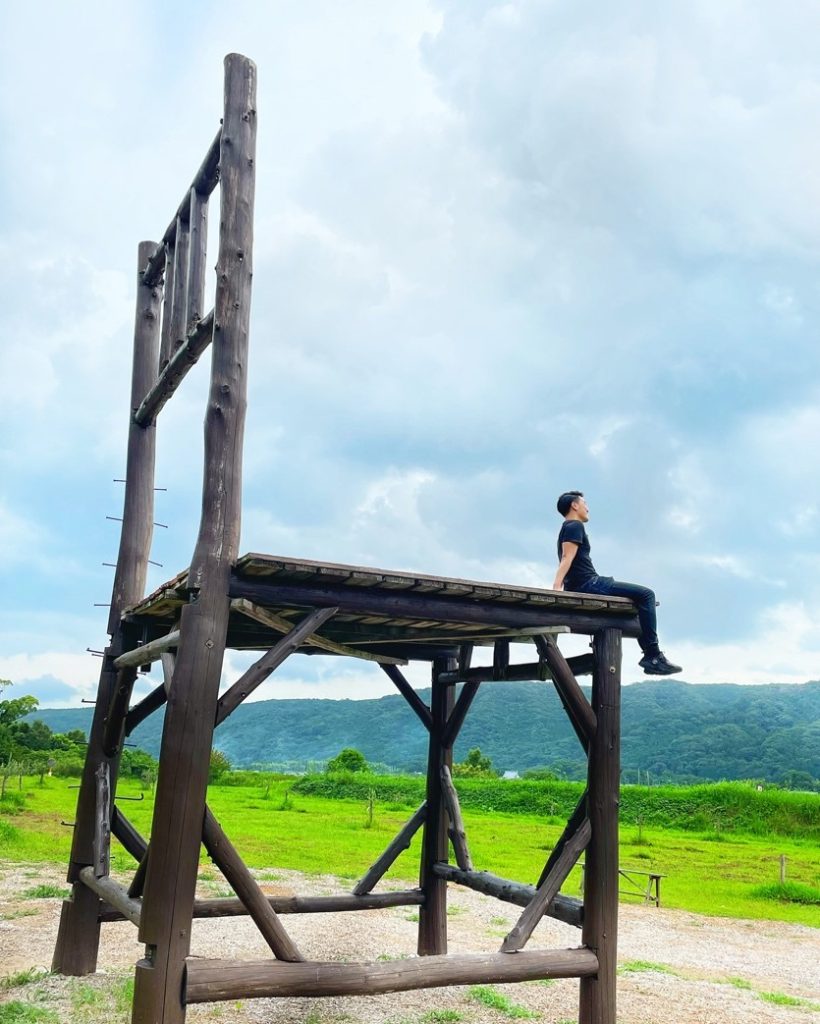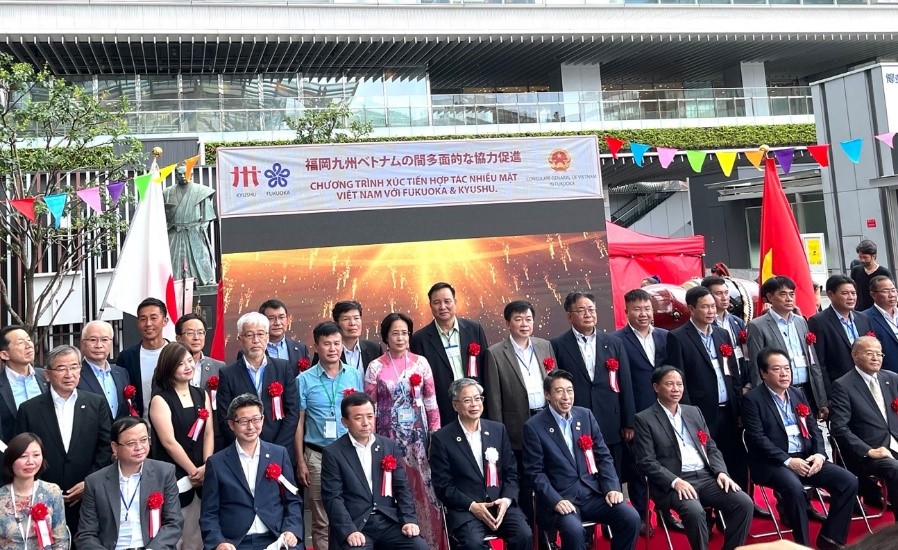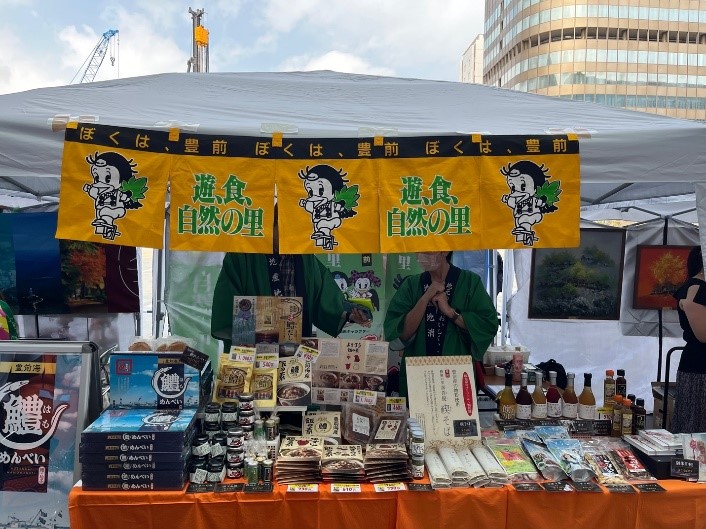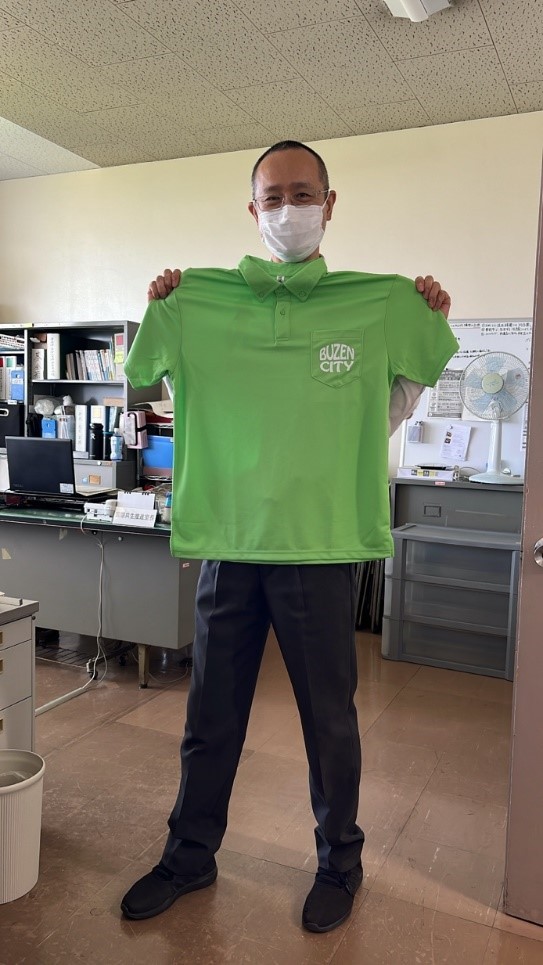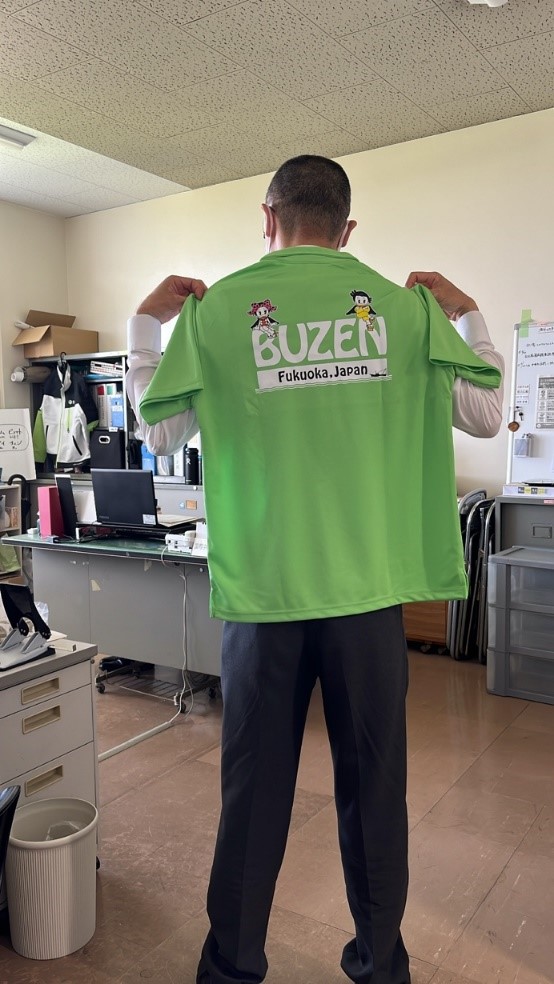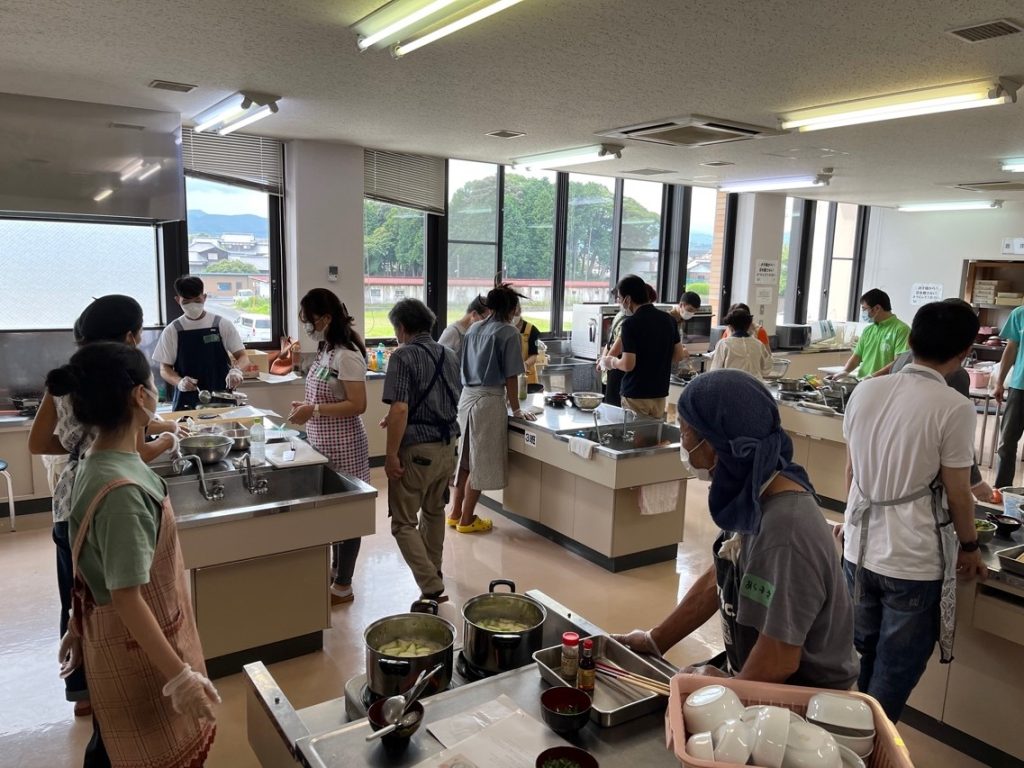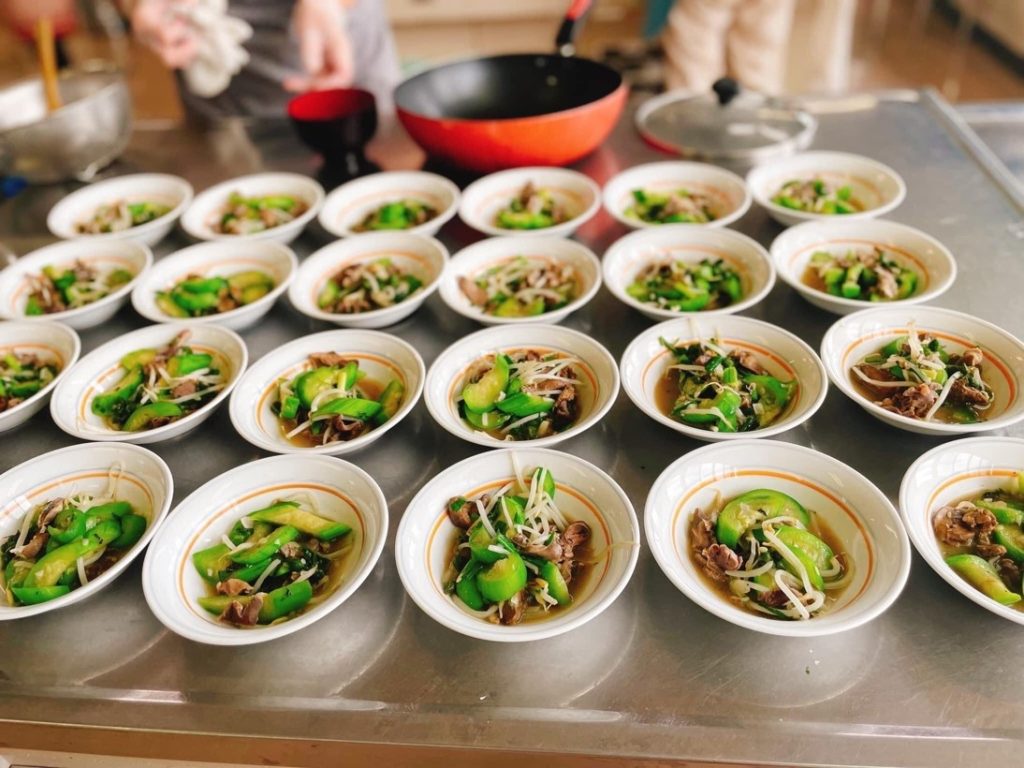by Cornelia Reiher
Susanne Klien is a professor at Hokkaido University and the author of the book Urban Migrants in Rural Japan: Between Agency and Anomie in a Post-growth Society (2020). She has supported our project from the beginning and participated in several of our events. In August 2023, Susanne came to Berlin again to participate in our PhD workshop “Urban-Rural Migration in Japan” at Freie Universität Berlin. I took the opportunity to interview her for our blog and talked to her about rural Japan research, urban-rural migration and the future of rural areas.

Susanne Klien at FU Berlin’s campus in 2023
Copyright © Cornelia Reiher 2023
Cornelia Reiher: When did you start researching rural Japan and why?
Susanne Klien: That was quite a long time ago. I think it was in the early 2000s when I had the opportunity to do research on the Echigo-Tsumari Art Triennale and that was my introduction to rural Japan. I was very fascinated by older farmers and people living in the countryside. I never had the opportunity to talk to these people before, and it gave me a completely different view of Japan. Japan is often associated with the gaming industry, with cosplay, with everything that is somehow urban or thought to be urban, but I think it’s very important to explore Japan from a rural point of view as well. I would say that the rural is often associated with agriculture and with older people, but recently there are also many other aspects of rural life that could be urban as well, so I would be very careful about defining rural Japan as related to the past. I would even argue that rural Japan can in some ways be seen as the future of Japan because we have severe depopulation in Japan and this is a problem that will be a problem for all developed countries in the future. So we could even consider rural Japan as the vanguard of contemporary Japan.

”[R]ural Japan can in some ways be seen as the future of Japan.”
Copyright © Cornelia Reiher 2022
Cornelia Reiher: You have been doing research in rural Japan for many years. Have you noticed any changes or new developments during this time?
Susanne Klien: Yes, big changes. I think there are a lot of funding opportunities, and that has led to more and more people going to rural Japan. They try to live in rural Japan, even if they are not so interested in rural areas at first. But eventually, they like it there very much and they stay there. So there is a larger number of people who move to rural Japan, including people who like city life very much. But they find, especially during and after the pandemic, that living in rural areas with fewer people, more space and easier access to food has many advantages. Especially in urban areas, food can be scarce, for example, during a disaster. I think living in rural Japan can also give people a sense of security.
Cornelia Reiher: You mentioned that many people move from the cities to the countryside. What role do these urbanites moving to the countryside play in the future of rural Japan?
Susanne Klien: I think they can help local people see their villages, their places, from a new perspective. They can help them understand what makes their places attractive to newcomers. I think they can also help to reinterpret local food. By using local ingredients, newcomers can contribute a lot beyond the economic sphere, for example in terms of intergenerational exchange. Newcomers can cook and eat with the elderly and offer new perspectives to older people who normally don’t meet so many young people. I think urban-rural migration has many advantages.
Cornelia Reiher: Many young scholars are now interested in rural Japan. Do you have any advice to them? Is there anything they should look out for when studying rural Japan?

“[Newcomers] can help local people see their villages, their places from a new perspective.”
Copyright © Cornelia Reiher 2022
Susanne Klien: I think there are many issues to think about. More research needs to be done on many aspects of rural Japan, but I think one topic that is particularly pressing is human and non-human entanglements. For example, research on rural Japan from a non-human perspective or on the nature of exchanges between humans and non-humans in rural Japan is very interesting. But also dealing with exhaustion, a sense of fatigue and tiredness during fieldwork in rural Japan is important because these are problems many researchers have experienced, I think.
Cornelia Reiher: Thank you so much.




























